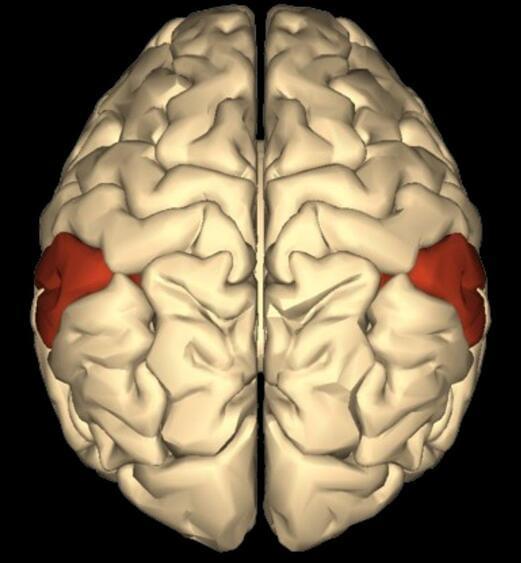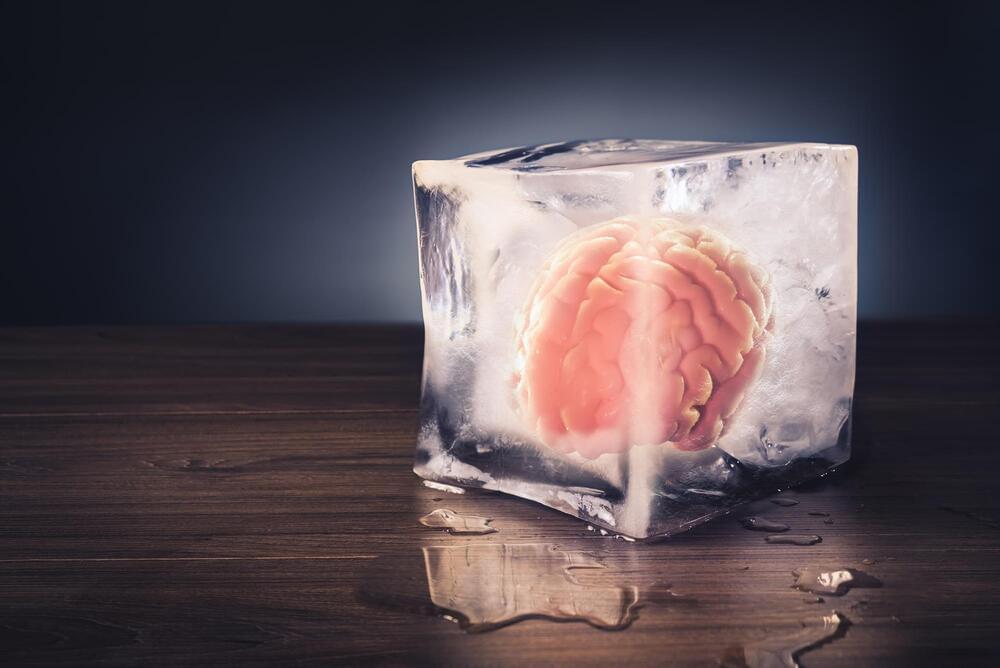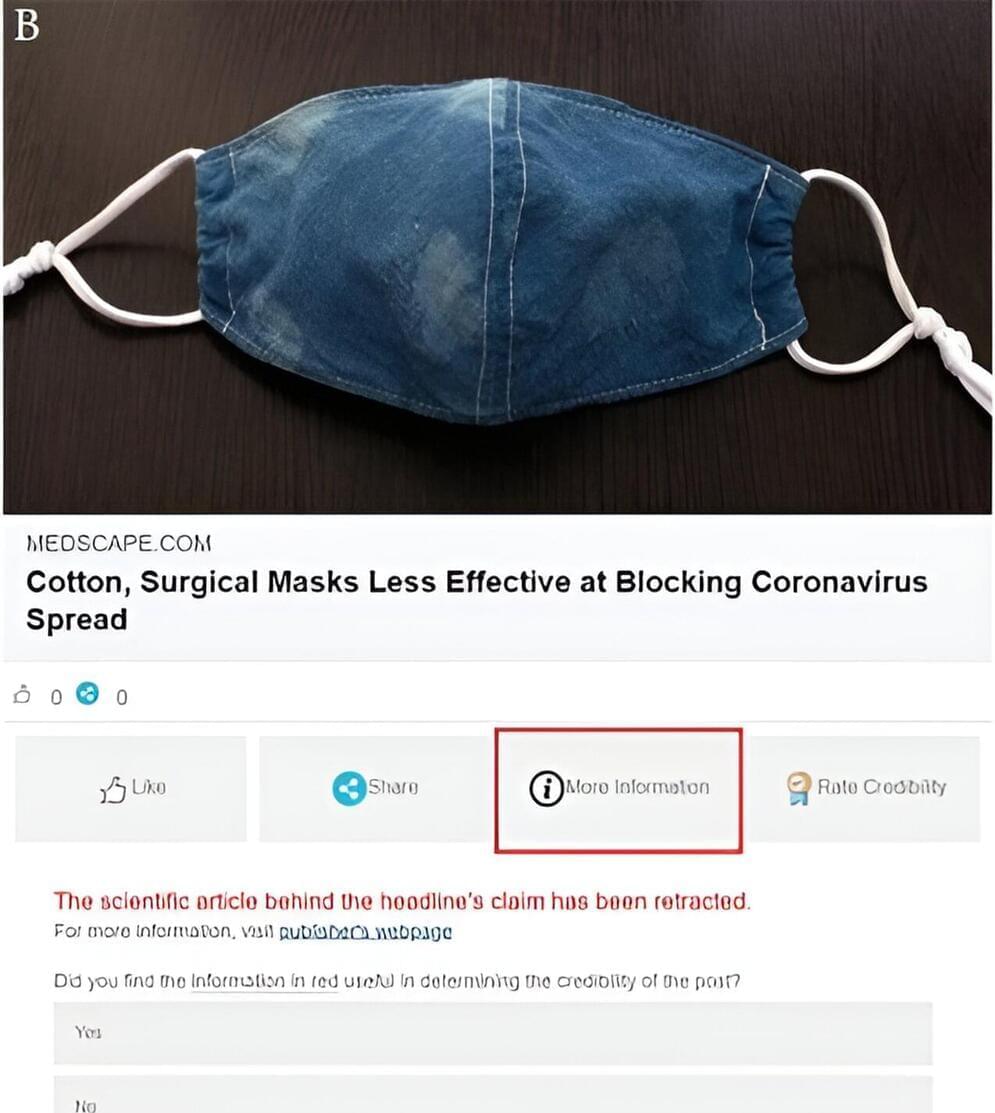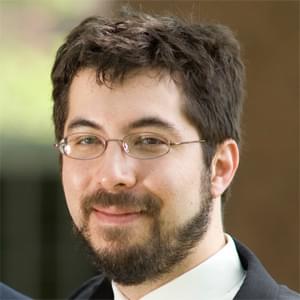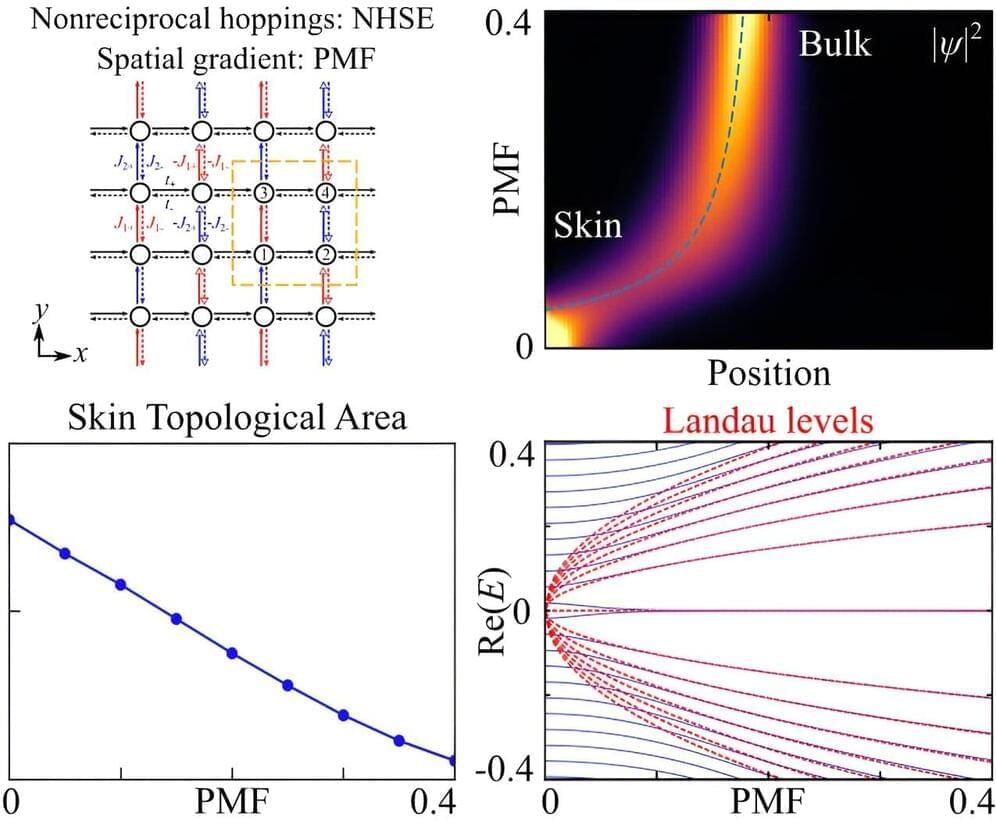Over 350 million surgeries are performed globally each year. For most of us, it’s likely at some point in our lives we’ll have to undergo a procedure that needs general anaesthesia.
Even though it is one of the safest medical practices, we still don’t have a complete, thorough understanding of precisely how anaesthetic drugs work in the brain.
In fact, it has largely remained a mystery since general anaesthesia was introduced into medicine over 180 years ago.



